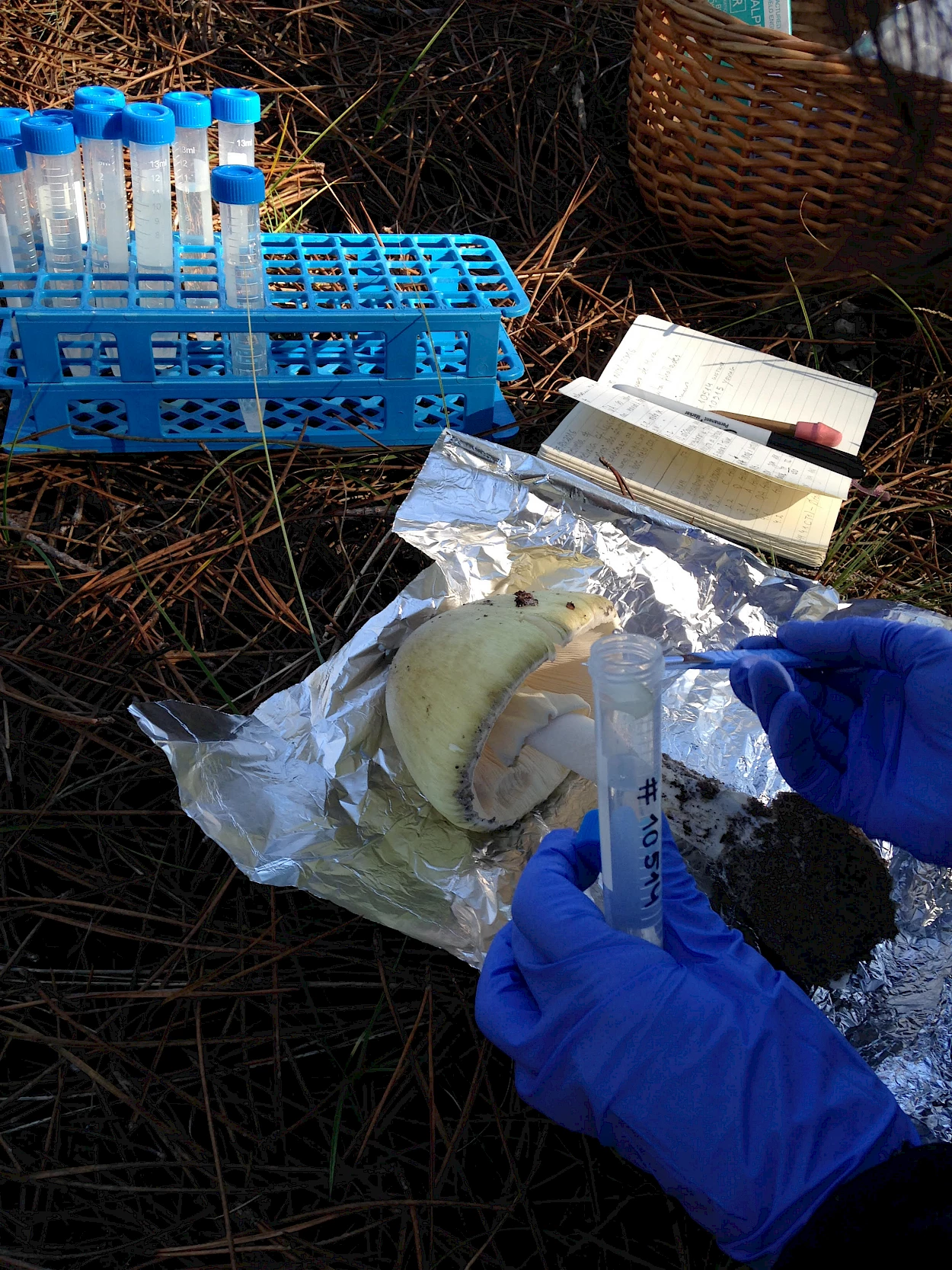International study shows European mushroom Amanita phalloides can reproduce without a mate in California
The deadly mushroom Amanita phalloides is native to Europe but was unintentionally introduced into the United States of America (USA), where it is spreading, particularly along the West Coast.
Translation: Diana Taborda
An international study has revealed that the European mushroom Amanita phalloides ("Death cap") can reproduce without a mate in California. Susana C. Gonçalves, researcher at the Centre for Functional Ecology (CFE) of the Faculty of Sciences and Technology of the University of Coimbra (FCTUC), is one of the authors of the scientific article "Invasive Californian death caps develop mushrooms unisexually and bisexually", published in the journal Nature Communications.
The deadly mushroom Amanita phalloides is native to Europe but was unintentionally introduced into the United States of America (USA), where it is spreading, particularly along the West Coast. This research reveals the strange sex life of this European fungus in California and helps to explain its rapid spread.
This study made it possible to "establish that the fungus is able to reproduce in California without a mate, by self-fertilisation, an unusual type of sexual reproduction in fungi that has rarely been observed outside the laboratory environment", explains Anne Pringle from the University of Wisconsin-Madison, USA, coordinator and lead author of the study, further adding that “this species normally reproduces bisexually: the mycelia [masses of fine, thread-like structures] of two different compatible mating types fuse and generate mushrooms that contain DNA from both mating types”.
This type of reproduction still occurs in Europe. The research team sequenced the DNA of European mushrooms, including several populations from Portugal, and found that they contained two sets of genetic material, one from each parent. However, in California, where mushrooms of this species were first observed in the early 20th century, the fungus seems to be doing something quite different.
"The DNA of some California mushrooms contained only one set of genetic material, indicating that each had sprung from a single individual. It is not very clear how this is done," point out the authors, who argue that "the species Amanita phalloides somehow bypasses the control of mating type determining genes that ensure that mushrooms are only produced after two individuals have fused together."
"According to Susana C. Gonçalves, "The ability to self-fertilise can be an advantage when arriving in a new habitat where there are no compatible partners. The authors therefore suggest that unisexuality may be an explanation for the rapid spread of the species along the west coast of the United States.
"The next step is to find out whether other invasive fungal species are using similar strategies in the wild," Gonçalves concludes.
The scientific article “Invasive Californian death caps develop mushrooms unisexually and bisexually” is available here.

